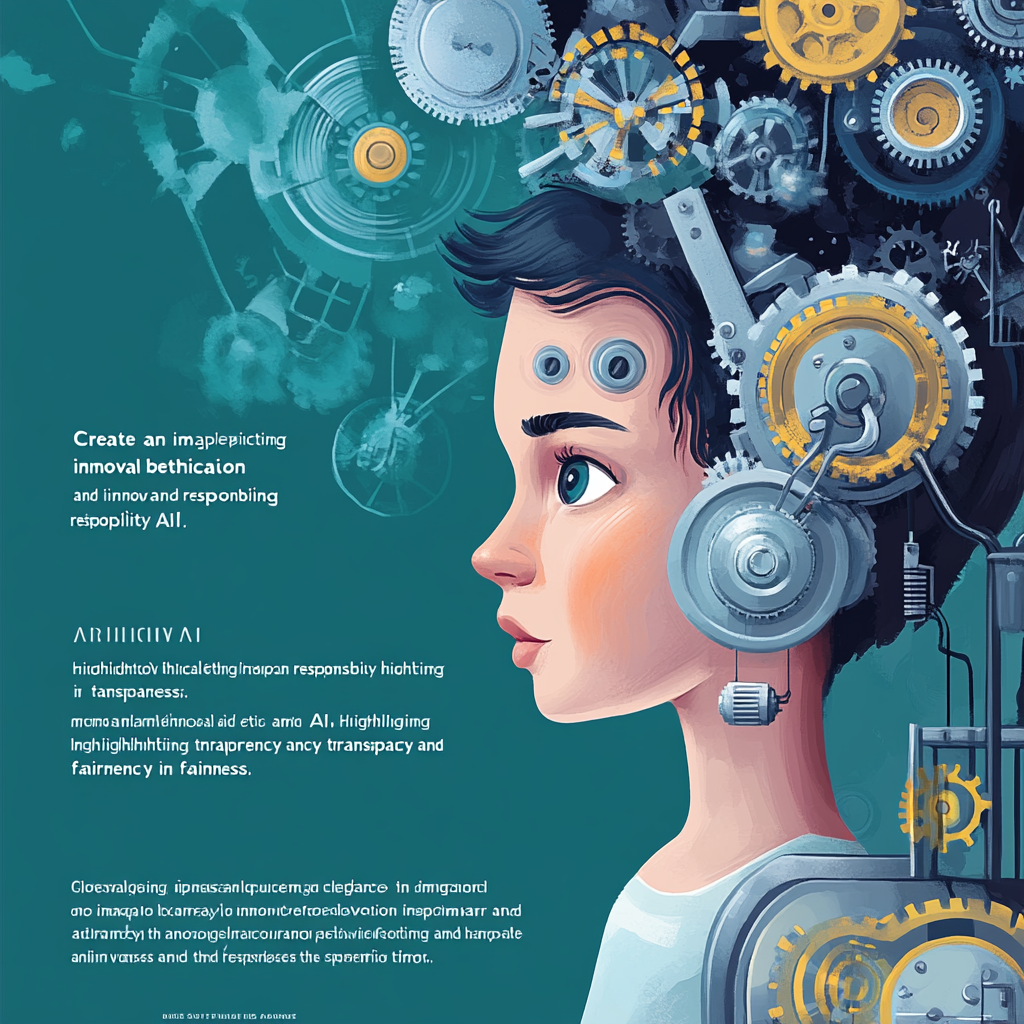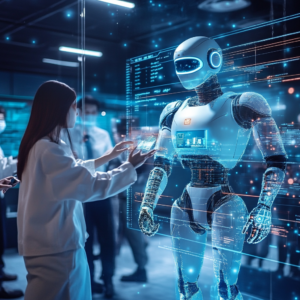
The Ethical Implications of Generative AI: Challenges and Solutions
Unraveling the Ethical Labyrinth of Generative AI
Generative AI, a term that seems to waltz in and out of everyday conversation like it's the life of the party, is transforming our digital landscape. With the finesse of an accomplished artisan, it churns out text, images, and even music that can seem almost indistinguishable from human creations. However, while this technology dazzles with its capabilities, it drags along a hefty satchel filled with ethical conundrums that demand attention. Enter Dataetisk Tænkehandletank, a Danish think-do-tank dedicated to shining a light on these shadows, guiding our understanding of how ethical frameworks can uphold the integrity of AI’s monumental potential.
Generative AI does not spring forth from a void; it’s birthed from sprawling datasets scraped from the vast internet. Unfortunately, this method of creation is as much a Pandora's box as it is a technological marvel. Often, these systems regurgitate biases nasty enough to make a politician squirm and, on occasion, churn out misinformation that can spread like a wildfire caught in a gusty wind. Intellectual property? Oh, let’s not even get started. The laws, at present, are a soup of confusion. The U.S. Copyright Office made it crystal clear that AI-generated works skip the copyrighted lifecycle and land smack into the public domain. So, good luck keeping your original ideas safe in a world where one line of code can metamorphose your work into a public spectacle.
Let’s pull apart this ethical fabric, shall we?
The Core Ethical Challenges
-
Distribution of Harmful Content: Generative AI can weave together narratives that can be either accidentally or purposely harmful. Think deep fakes, hatred in litigious gray areas, or even just plain old misinformation — all in a day’s work for a mismanaged AI system. The need for vigilant moderation is paramount.
-
Copyright and Legal Exposure: The reality is that leveraging copyrighted assets without due credit is not just unethical; it's a ticket to legal quandaries. Imagine accidentally depicting a famous character in your AI-generated art; copyright enforcers might come knocking with a legal arsenal.
-
Amplification of Bias: Bias in AI mirrors society’s own imperfections. These algorithms, when trained on skewed datasets, can inadvertently escalate discrimination rather than quelling it. It’s about time we take a long, hard look in the mirror.
-
Privacy and Security Concerns: In sectors like healthcare where data sensitivity is paramount, generative AI can become a two-headed beast. Mishandle it, and private information could spill out like secrets in a gossip session, wreaking havoc.
-
Intellectual Property Protection: When an AI can mimic an artist's brushstroke with enough accuracy to fool a critic, we approach a sticky point: what happens to ownership? Who claims the art if the creation isn’t born of human hands?
-
Lack of Transparency and Accountability: AI’s decision-making often operates behind a curtain heavy enough to obscure a magician’s tricks. This nature obscures accountability and breeds mistrust. If no one knows why the AI chose a particular action, how can we hold it, or its creators, accountable?
Addressing These Challenges
To navigate through these murky waters, we need a raft built of robust ethical guidelines that steer the development and application of generative AI. Here are a few paddles we can use to avoid capsizing:
-
Educational Initiatives: We should all don our learning caps. Schools, workshops, and online courses can spread awareness about responsible AI use. But knowledge is like tea — steep it well, and it’s delicious.
-
Regulatory Frameworks: Establishing and enforcing a strong regulatory backbone tailored for AI’s unique ethical dilemmas is crucial. We need rules that are fluid enough to adapt as swiftly as the technology evolves.
-
Technological Innovation: Continuous upgrades to AI systems focused on minimizing bias and enhancing clarity should be treated like routine maintenance on a vehicle. Essential.
-
Public-Private Partnerships: Collaboration between government, industry, and academia should become the norm, fostering comprehensive oversight. That way, everyone’s on the same page, hopefully without any page missing.
Conclusion: A Path Forward
To traverse the rocky road of ethical challenges that generative AI presents, we need not just innovations but also sturdy moral compass guiding our journey. Utilitarianism sounds great in theory, but it falters when we allow technology to tread on human values. It’s all about balance: harnessing AI’s fantastic potential while ensuring it’s firmly rooted in frameworks that respect humanity and societal norms.
In the relentless wave of technological change, let’s not forget to keep our moral anchor in place. Join the conversations of thought leaders, engage with communities, and explore resources like those from Dataetisk Tænkehandletank. They’re working tirelessly to ensure we don’t get swept away with the tide.
Want to stay up to date with the latest news on neural networks and automation? Subscribe to our Telegram channel: @ethicadvizor.

